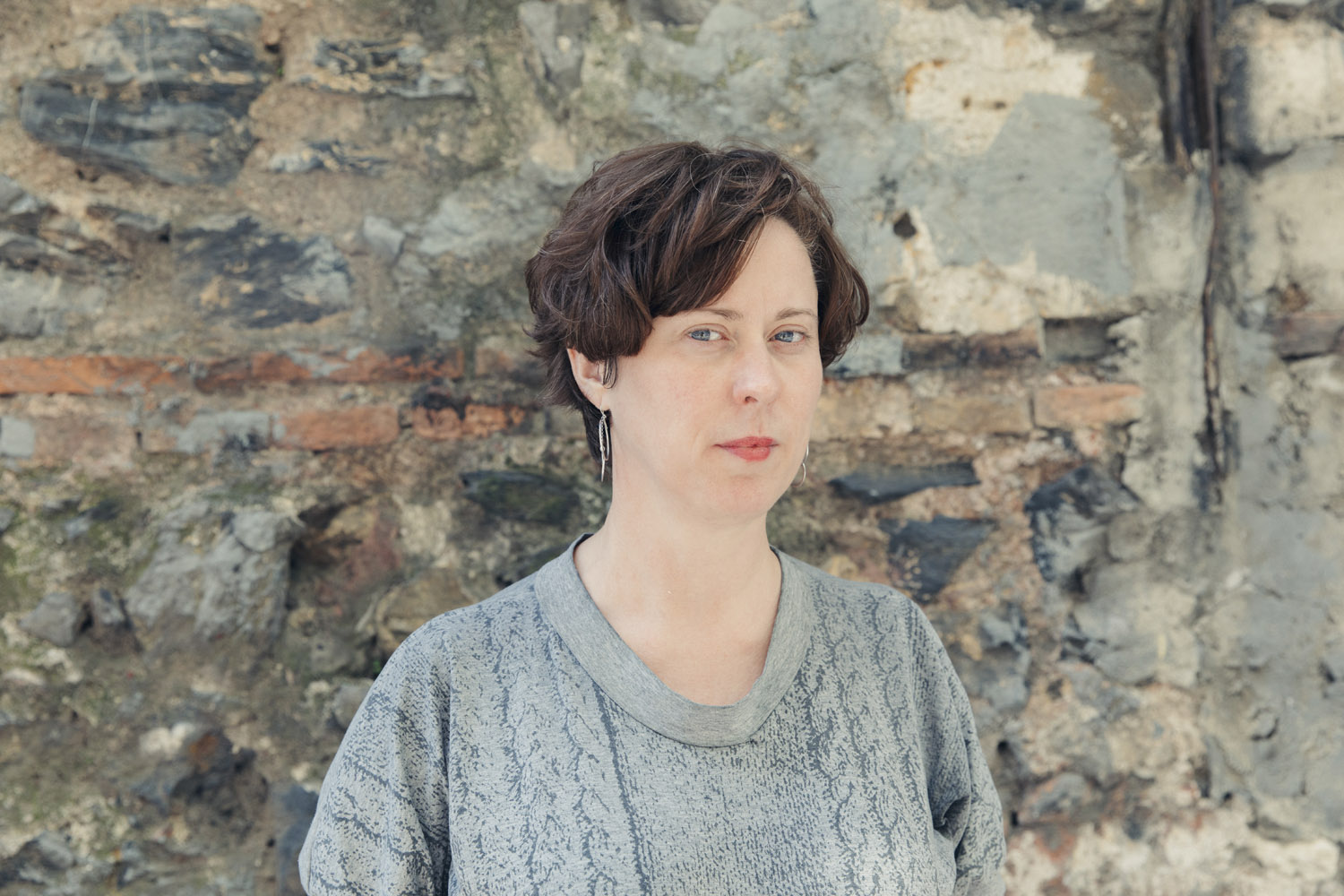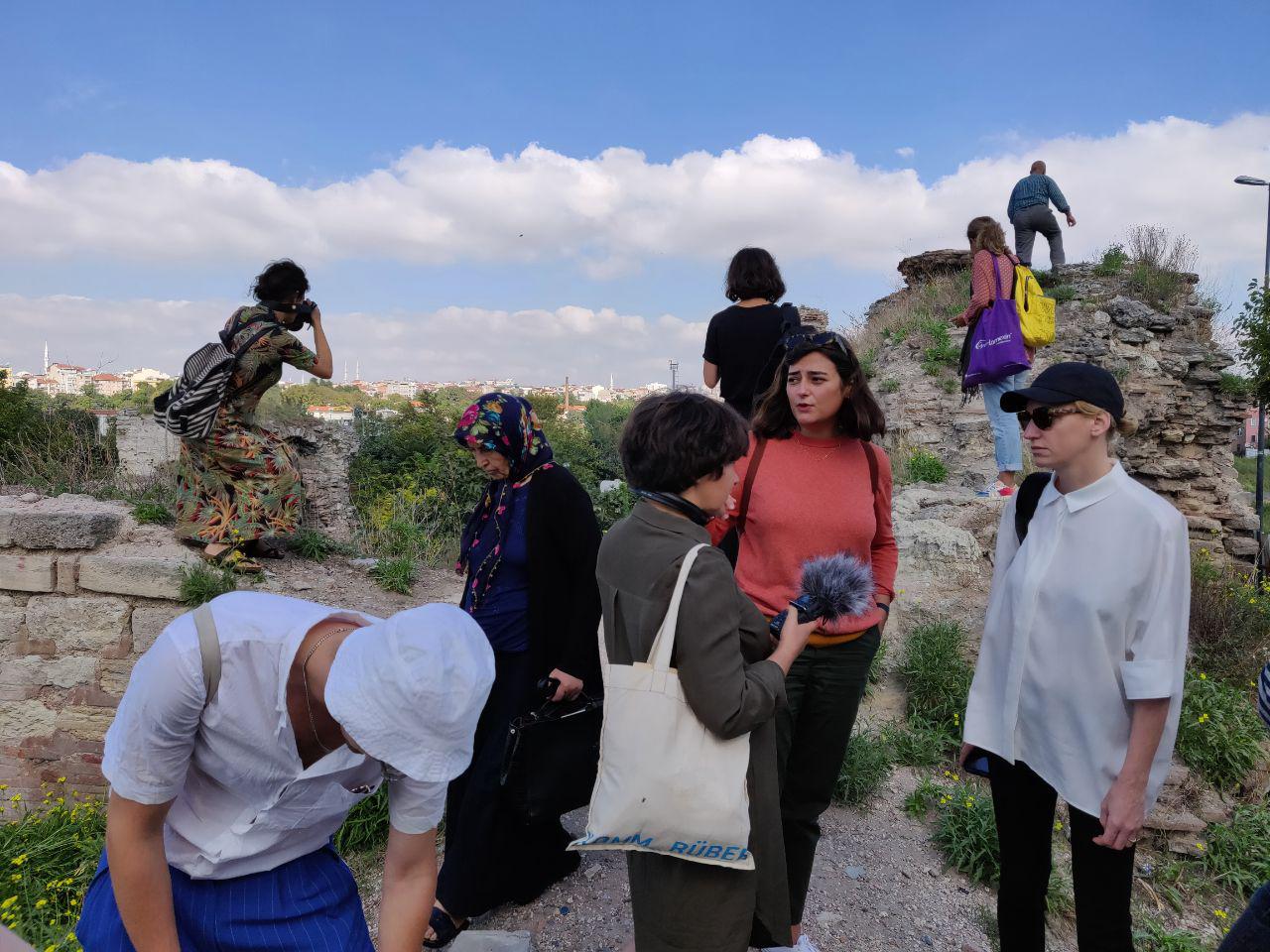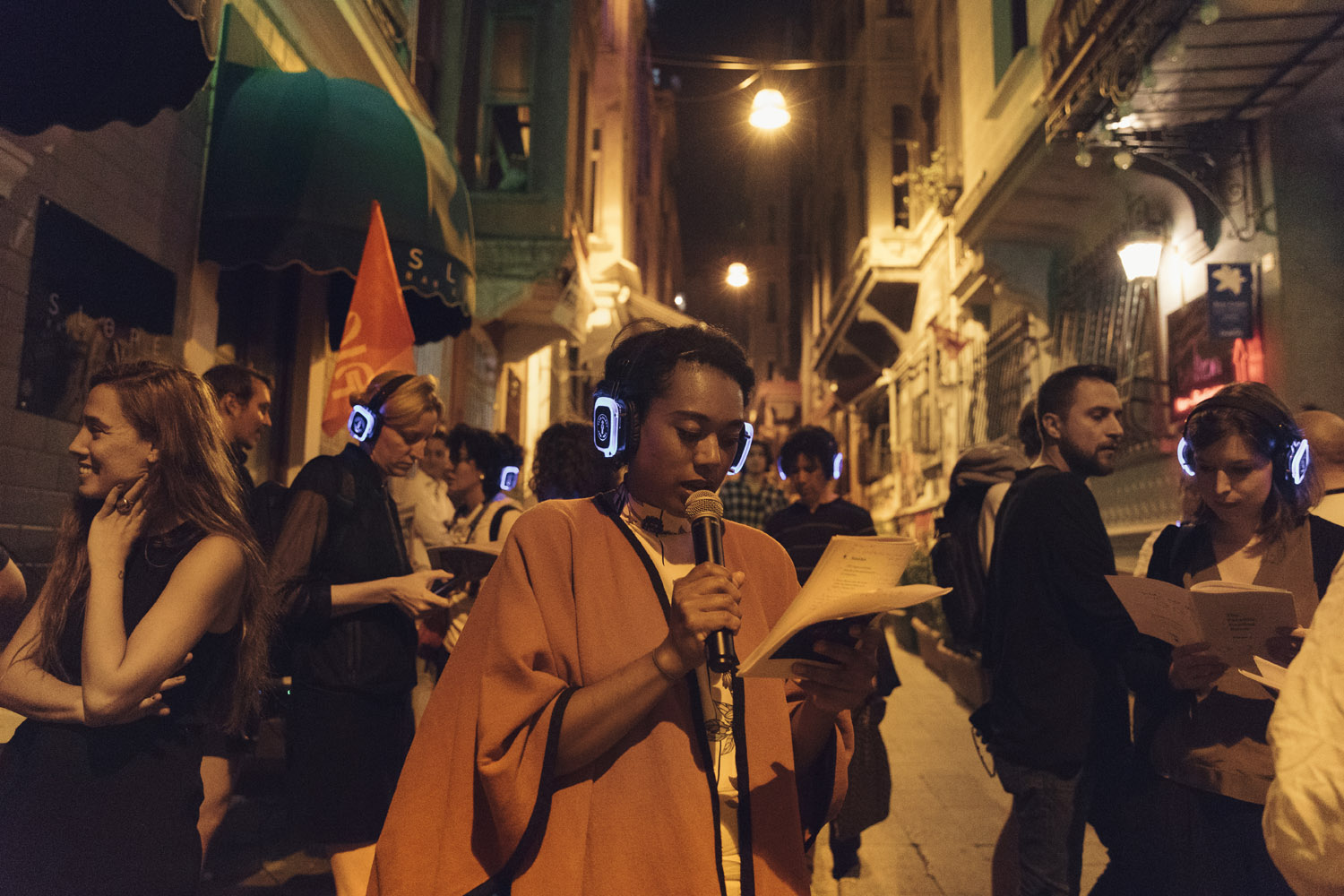A Multiple Prompt Approach: Interview with Teresa Dillon
Teresa Dillon is an artist, researcher and Professor of City Futures at the University of West England (UWE) in Bristol, UK. Over the course of her career, she has combined and overlapped these different facets both within and beyond institutional boundaries. In this interview she explains how a background in psychology has informed her own approach to education, her reading of the urban context as a site of knowledge and how to navigate the inherent tensions that come with bringing experimental practice within the frame of the institution.
Can you describe how you came to arrive at your current position and how the fields of education and practice relate to one another within that?
Before I took on the formal academic post that I have held for the last two years, I spent a decade focused upon the notion of the city as a canvas, making my own work and also looking at artistic practices that make us think differently about how we live, how we organise ourselves and how we govern our cities. I lived and worked in Bristol prior to 2007, when I began dividing my time between the UK and Berlin. Much of previous performance work from that time was site-based and represents the line that brought me into working in the context of the city. Site has always been a determining factor in the way the work is made. I also have a background in psychology, which entails considering the human and environmental relationship and through this I started to focus on the role of music. This then led me into looking at a broad range of topics – from music that was made by computers, to the use of music within health therapeutic sessions, to how it can help children with learning difficulties. Much of my research since has been geared towards a social and educational psychology perspective.
Those two terms, site and psychology, describe the relationship between knowledge and the human environment. One of the core questions within the Making Futures research project concerns how we derive knowledge or learn from the urban context. Do you associate a particular site or process with that endeavour? What is the role of the human subject within that?
When I think about artistic techniques regarding human movement in a space – how the performer or the actor reads the space, for example – I consider them to be approaches that constitute an extraction of knowledge. The manner in which an artist can approach a site and come at it in different ways acts a frame through which to read it. While there are differences, the process could be described as similar to the approach an architect or an urban planner takes. That’s what has excited me about interdisciplinary conversations with architects because they demonstrate the way in which they are trained to think about those things too. Another thing that is a particular layer within my own work is psychological analysis, which leads into how the design context structures particular thinking patterns and human behaviours. That kind of analysis evidences that those behaviour patterns have much to do with the way the material world is organised, arrangements that are often taken as somehow “given”. Whereas the minute you move, for example, a door in a space, the whole thing flows in different way – not just in terms of movement but also behaviour.
André Gorz once suggested the subject’s awareness of their own agency within the urban context cannot be taught; instead it has to be stimulated. Do you think there are particular formats that are particularly well suited to enacting that process?
A stepped approach is required. In educational psychology that’s called a “scaffold” – a nice architectural term – and involves a methodology whereby you scaffold a learner into a process that allows them to come to a thinking or development zone. There is a time dimension to that too, which lets the learner become aware that they have this agency – and that it isn’t simply the agency that they are “given”. Instead, there are other ways to act in a space. To stimulate rather than just teach requires a multiple prompt approach, where learners become opened through their experience of an artwork, or a reading group centred around selected texts, or some other kind of curated situation – all of these are ways of opening the door. But I also think making stuff and the practice of collaboration is really important, as is working site specifically; from simple gestures to more participatory, active kinds of work in public space.
As an educator and a practitioner who has worked both within and outside of institutional settings, then, have you been able to take that latter experience back into the academy? Is that even necessary and a productive way to approach it?
At the moment, within my own academic institution, I’m still trying to find my way in terms of how that process actually works out. We have really interesting architecture and engineering departments but they never really talk to each other or to the art department. UWE’s history encompasses the ideas Norman Potter developed during the 1960s, who became one of the leading thinkers on design thinking in education in the UK – one of his seminal books is What is a designer: things, places, messages. He wrote about “the construction school”, an experiment he ran at the university. I happened to learn about it from designers when I first joined the institution and it was interesting that I did because that history had effectively become lost within the school. For it to come back into our present consciousness, it took a graphic designer – who had an artistic practice as well – undertaking a residency in one of our local galleries, who then opened up that archive and told that history back to the institution. So it took an outsider to tell us our own history. But to shift a university itself to think about these kinds of methods and approaches of its own accord… It necessitates rethinking how to facilitate inter- and post-disciplinary thinking and how to support that. Essentially though, the experiment happens outside of the institutional frame. But the institution does end up using it, because those of us with professorships will write that into our conversations with the academic institution. There is a constant tension between those kinds of experimental freedoms and what actually gets permitted. There aren’t really easy answers to that. Anybody who is working like this knows this and tries to keep it fresh by parking some things outside the institutions and some within their frameworks.
Teresa Dillon is currently Professor of City Futures at the University of West England (UWE) in Bristol, UK. We invited Teresa to join the Making Futures “Engaged Education” Mobile Workshop that took place in Istanbul, Turkey in September 2018.
Portrait by Lena Giovanazzi



